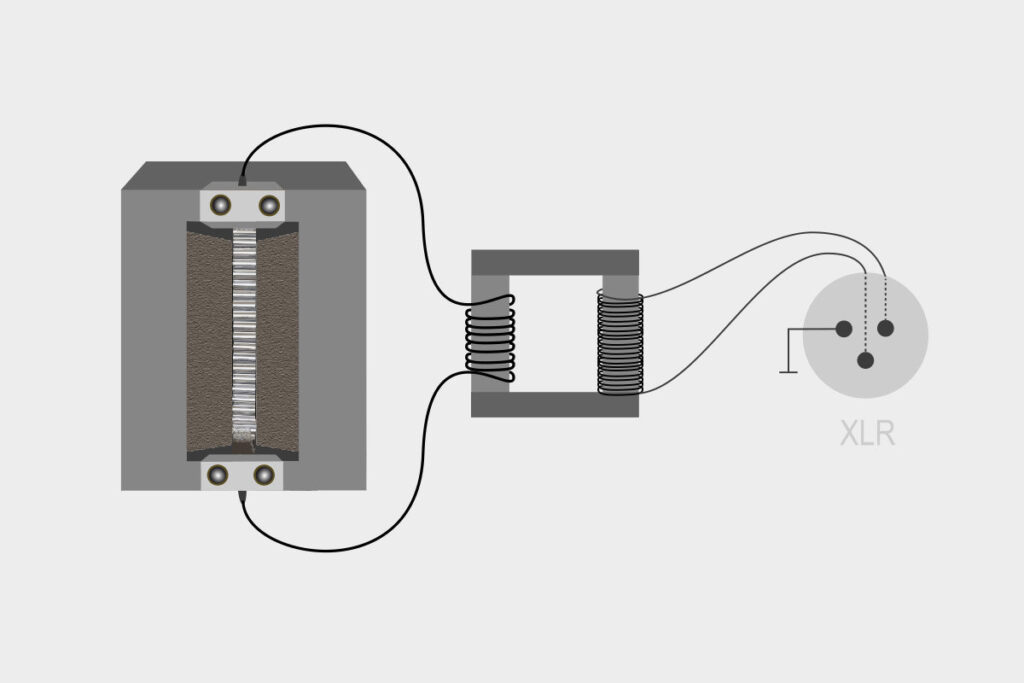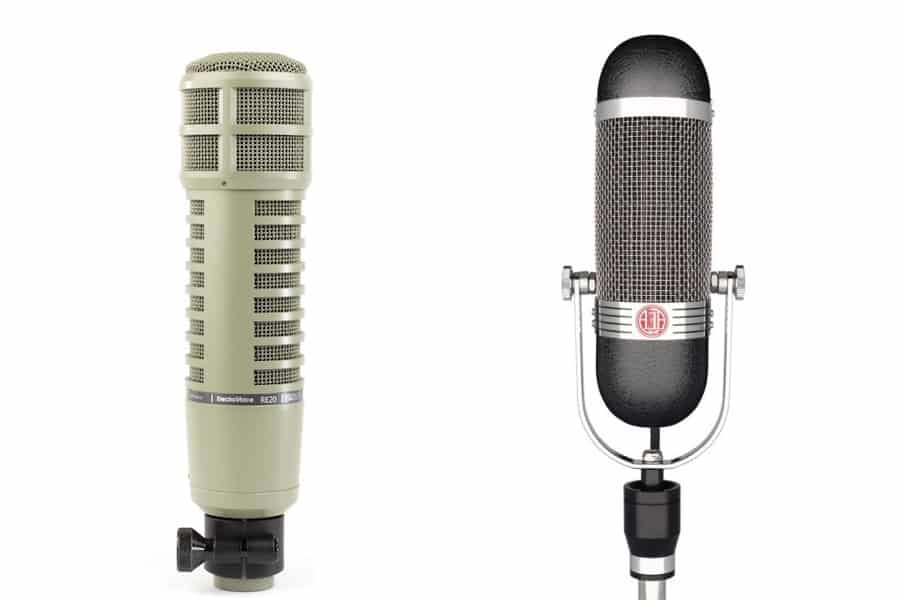If you are searching for a microphone that is built to be rugged, multipurpose, and simple at the same time then what you are looking for is a dynamic microphone, and the effectiveness that comes with using a dynamic microphone makes it widely sought after by voiceover artists, podcasters, and singers. How does a dynamic microphone work? This is one question that this post will be answering, so continue reading if you need answers.
The interesting part of the dynamic microphone is it can be used to mic up acoustic guitars, electric guitars, and drums. One thing you must know is the voiceover setting is one that requires making use of a proper and reliable microphone, and the dynamic microphone is one that fits the description. The dynamic microphone comes with so many features and attributes that needs to be carefully looked into before going ahead to consider other mics.
Dynamic as a term can have so many meanings, and it is a bit complicating in terms of music and sound. What you should know is dynamic in this case has nothing to do with delivering a dynamic performance or having a dynamic range, but dynamic in dynamic microphone talks about electromagnetism that takes place inside of a dynamic microphone. We all know an electrical current is produced when an electrical conductor in a magnetic field moves.
From the last statement we just made, its safe to say that dynamic microphones are designed to convert sound into electrical signals. This conversion happens by the means of electromagnetism, and dynamic microphones are of two types. These are the ribbon and moving coil microphones. Let us take a minute and consider these two types of dynamic microphone.
Content Navigation
Moving Coil Microphone
The moving coil microphone is one anybody can easily understand because they have a similar build like that of a loudspeaker, and it features a coil on the inside that is attached to the membrane of the microphone. This coil is surrounded by a strong magnet, and the membrane will towards the direction of any sound produced. Interestingly, this coil attached to the membrane will move as the membrane moves, and in the same direction of the membrane.
A small signal voltage is produced as a result of the movement of the coil that is attached to the membrane, and this tells you that the moving coil microphone is designed to convert sound to electrical signals. So many people refer using the moving coil microphone for stage performances, and this is based on the fact that they do not require the use of an external power source and they have a durable build.
The moving coil microphone is the most common type of dynamic microphone you will come across, and sound engineers prefer sticking to dynamic microphone since calling them moving coil microphones might sound a little bit too long. This is why people consider the ribbon microphone to be in a category of its own, and this makes so much sense when you view from a technical point of view. The ribbon microphone are different from the moving coil mic.
How Does A Dynamic Microphone Work

Ribbon Microphones
Ribbon microphones have been studied over the years and there is a conclusion that they also function using the principle of electromagnetic induction. The difference between the moving coil and ribbon microphone is the ribbon microphone doesn’t come with a membrane and coil. Instead, it comes with a thin aluminum foil. This means that the membrane can be found right inside of the electrical conductor that moves across the magnetic gap.
Ribbon microphones are known to be non-directional microphones by nature, and this means they are sensitive to sounds that are produced behind and in front of them. The ribbon microphone will not be set in motion by sounds that are produced at its sides, and studies has shown that it has a figure-8 pickup pattern. What you should know about ribbon microphones is that these microphones are very fragile, so they should be treated with care.
However, the treble response of the ribbon microphone is one of its significant drawbacks. This explains why people use ribbon microphones for special occasions alone, and these are occasion where a top end microphone isn’t needed. Examples includes taming over bright bass instruments and when working with guitar cabinets. Surprisingly, active ribbon microphones is a recent development that has got a lot of people talking lately.
The active ribbon microphones come with an amplifier circuit that produces high output results, and just like condenser microphones, ribbon microphones generally require a phantom power to function.
More About Dynamic Microphones
The fact that dynamic microphones function through the conversion of one form of energy to another makes people call them transducers. The moving coil microphone is known to have seven parts, and these parts are mentioned below.
Seven Parts Of A Moving Coil Microphone
- Magnetic core
- Capsule
- Diaphragm
- Grille
- Output
- Body
- Coil
However, no item or product is totally free from flaws, and that is why we want to show you the advantages and disadvantages of the Dynamic microphone.
Advantages
- They generate warm sounds when used in a voiceover application
- Dynamic microphones are water resistant microphones
- They are good at handling plosives
- They are very affordable which explains the reason behind their simple design
- They do not require a power source to function, and this explains why they can be used in various applications
- They are built to be rugged and can withstand most forms of abuse
- They are designed to tolerate loud volumes
Disadvantages
- They cannot be used when making delicate recordings
- They are not designed to handle recording harmonics
- They generate less detailed sound
- Receiving a clear signal requires you to go close to its diaphragm
Conclusion – How Does A Dynamic Microphone Work
We have come to the end of this interesting post and we hope you have your answer on how a dynamic microphone works. We hope that every piece of information we have provided in this post will steer you in the right direction when choosing between the dynamic and other type of microphone. We have also provided a list of its pros and cons to help you make up your mind about choosing a dynamic microphone.
Related Posts
Best Camera Microphone For Live Music
Difference Between Dynamic And Condenser Microphones

